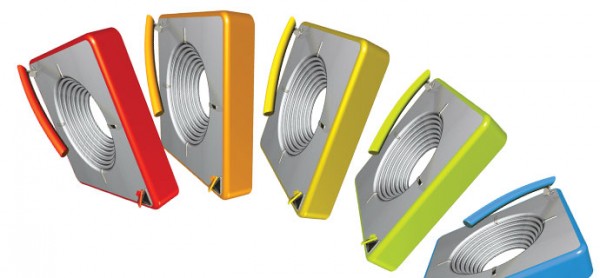Buzz about Kombucha tea has been echoing from all corners of the Internet for the past few weeks. Madonna and Lindsay Lohan have been spotted imbibing the fermented beverage, and “Kombucha” was a trending search term on Google last week.
Despite its recent trendiness, Kombucha tea is nothing new. It originated in China over 2,000 years ago, when it was referred to as an “immortal health elixir.” Kombucha is a mass of yeast and bacteria (yum) which is added to tea and allowed to ferment for about 10 days. During the fermentation period, hundreds of compounds — including B vitamins, alcohol and lactic acid — are released.
Kombucha enthusiasts claim that this yeasty-tea bolsters the immune system, boosts energy, aids digestion, prevents cancer, clears skin, increases the shininess of hair, and more. However, there is no conclusive scientific evidence in favor of these claims. In fact, illness and even death have resulted from the consumption of home-brewed Kombucha due to unsanitary and imprecise fermentation conditions.
Personally, I don’t love the idea of a mass of bacteria and yeast in my tea. But I enjoy a nice beer and yogurt of all descriptions, so I think that I shouldn’t let the description scare me away. Since the dangers of drinking Kombucha are limited to home-brewed versions, and the tea (like anything worth buying) is available at shops all over Brooklyn, I think I’ll pick some up this weekend and give it a shot.

